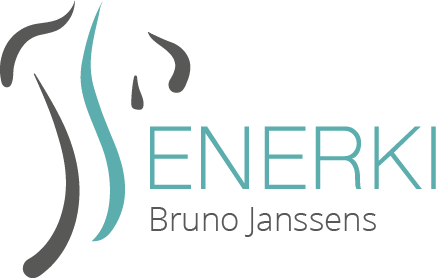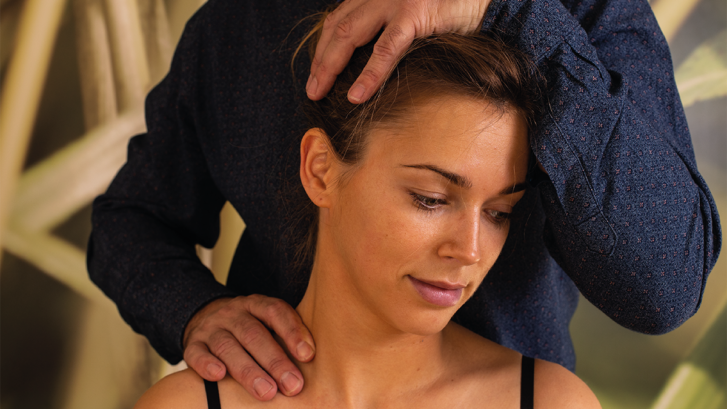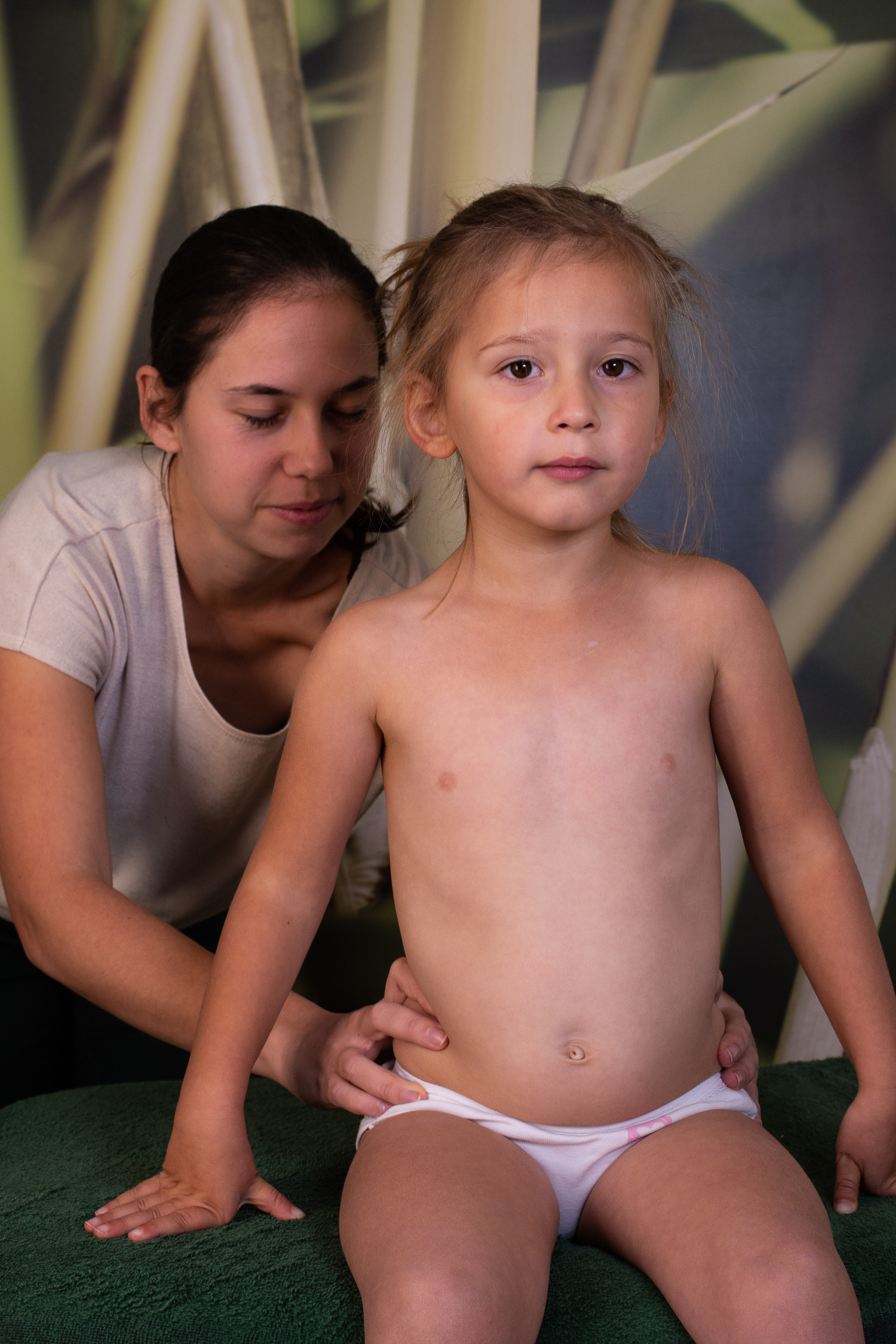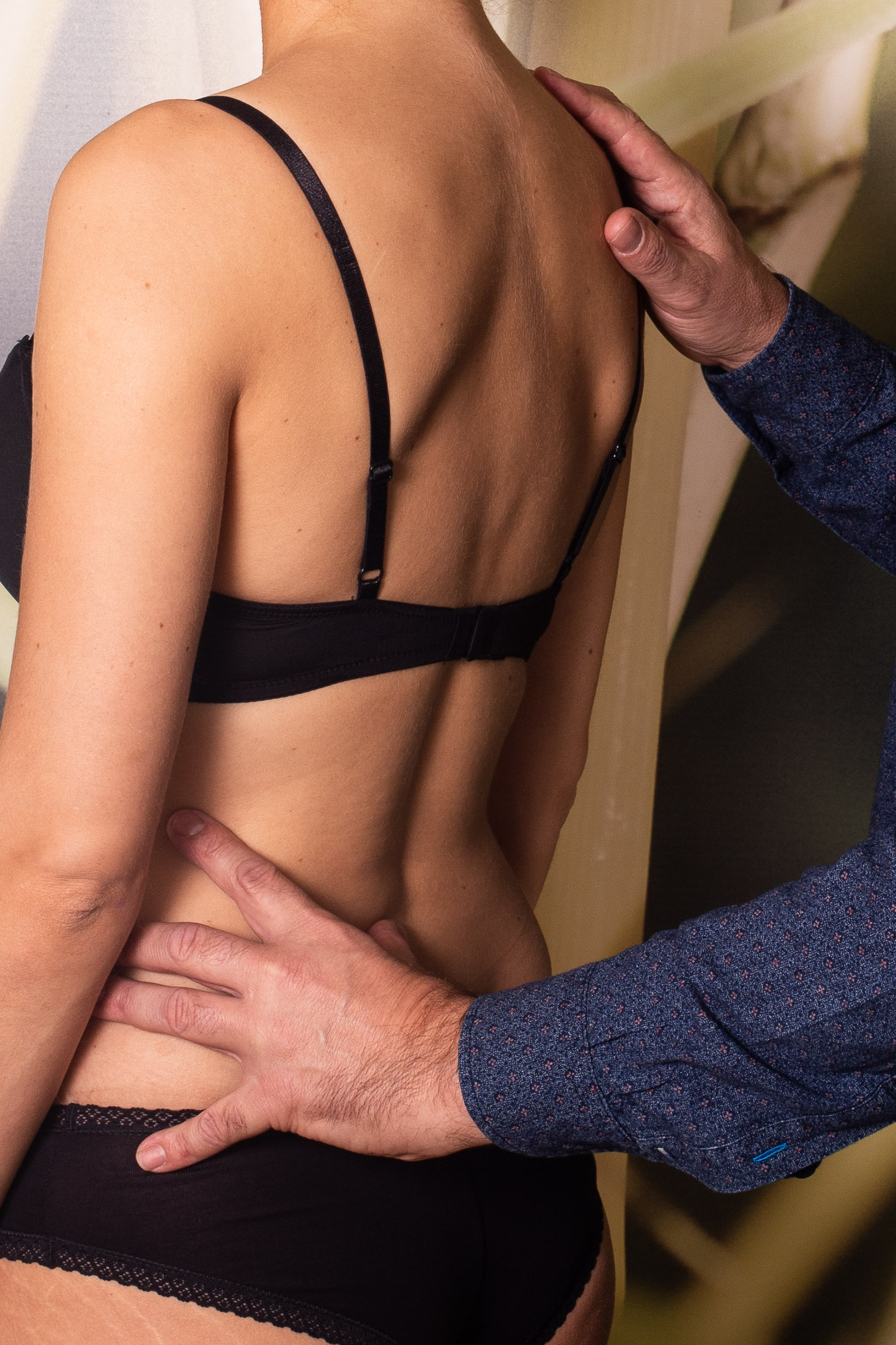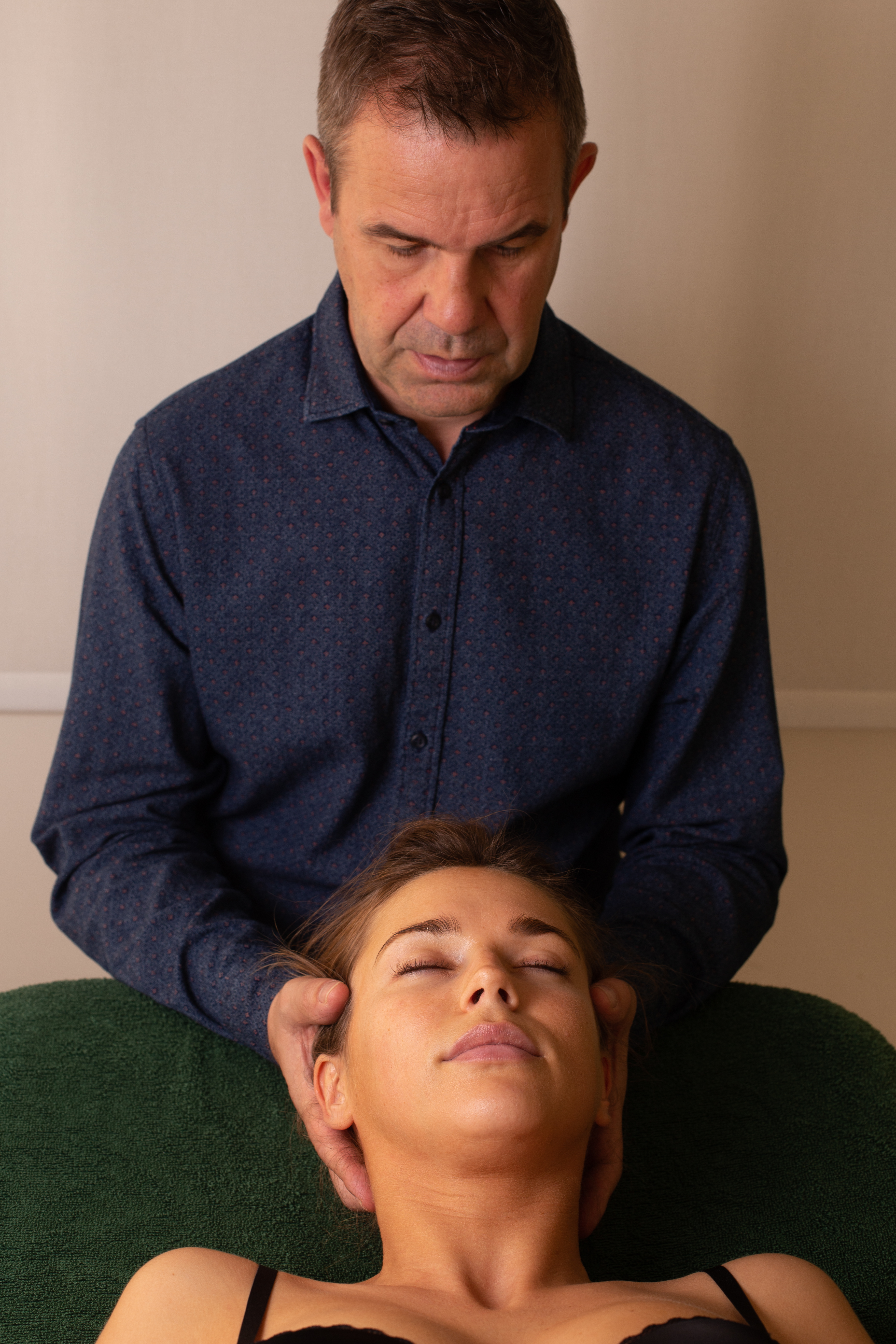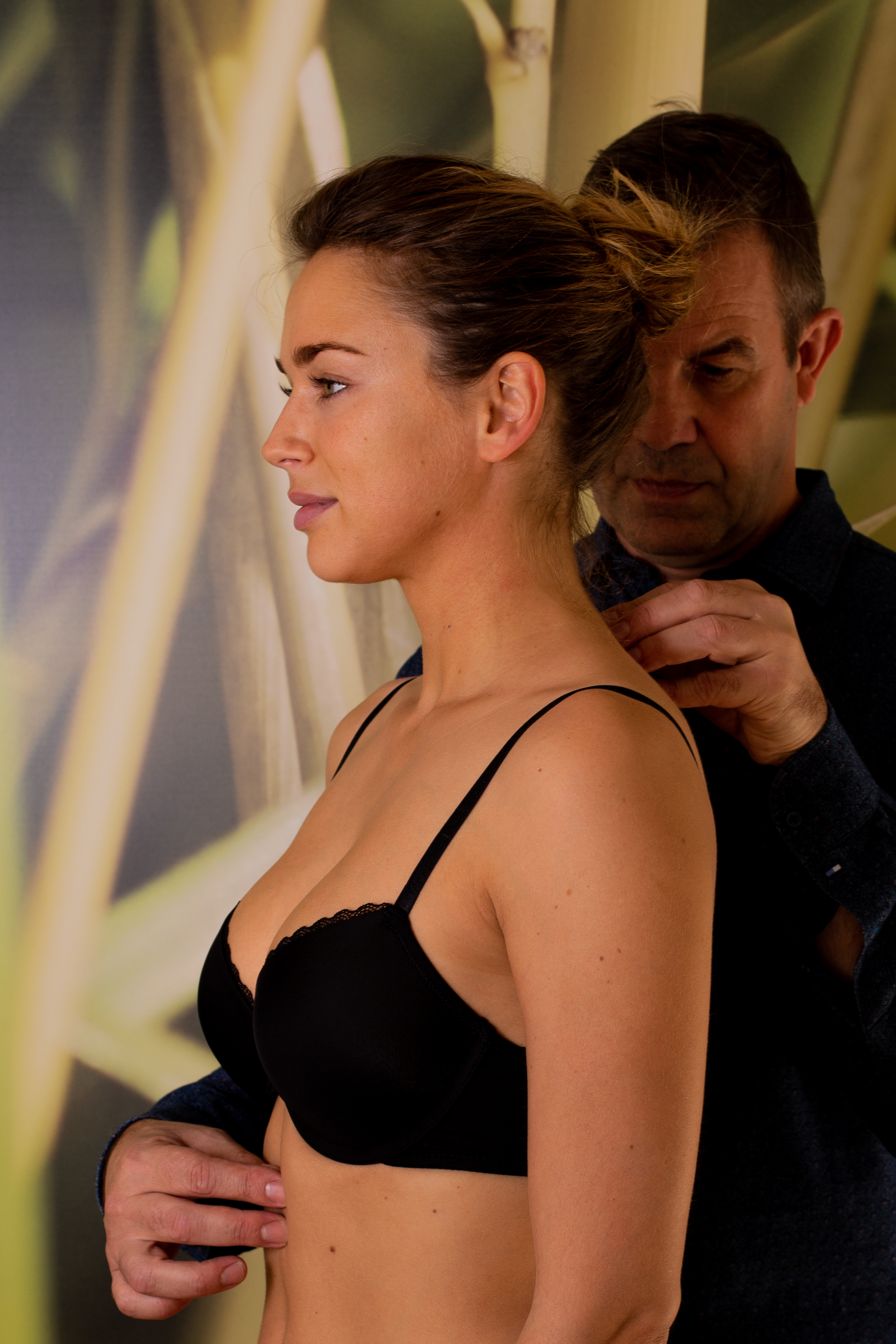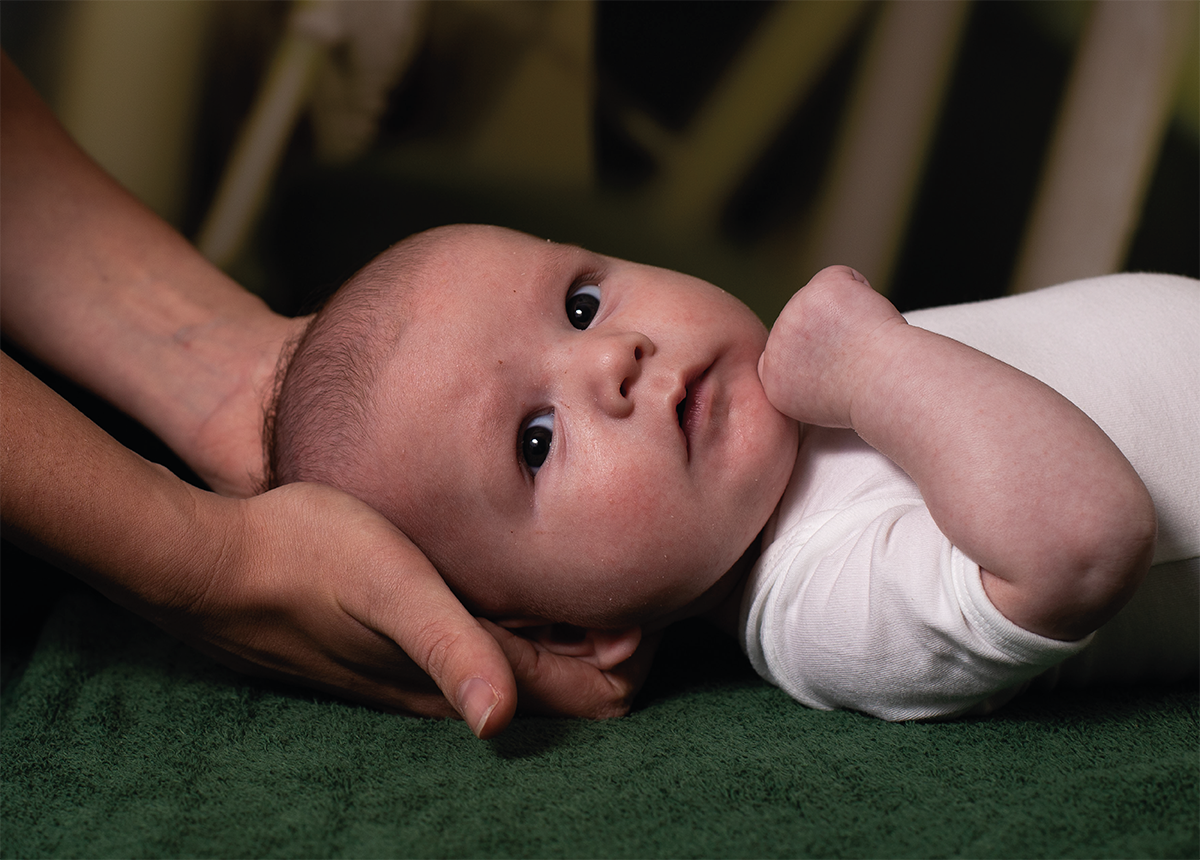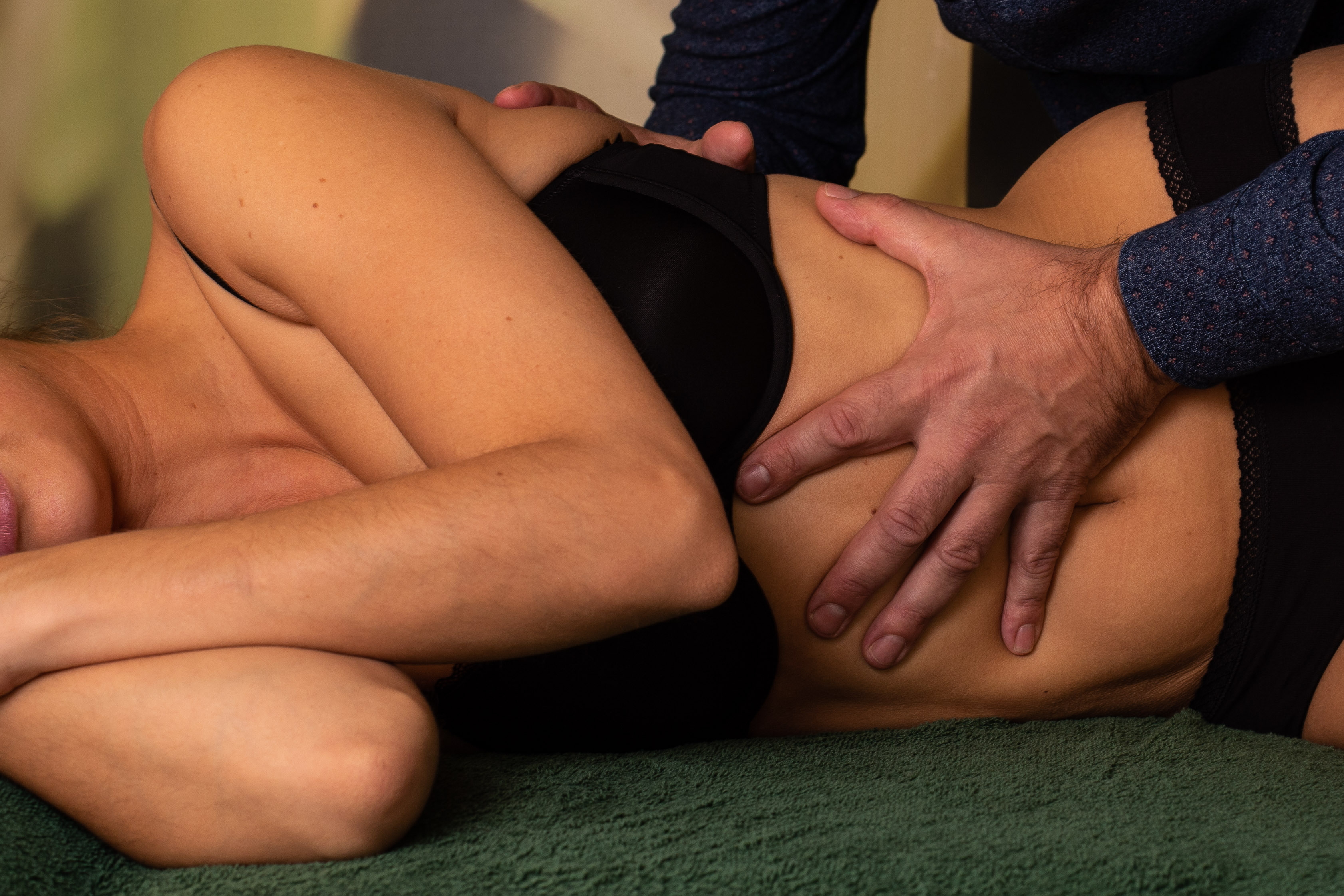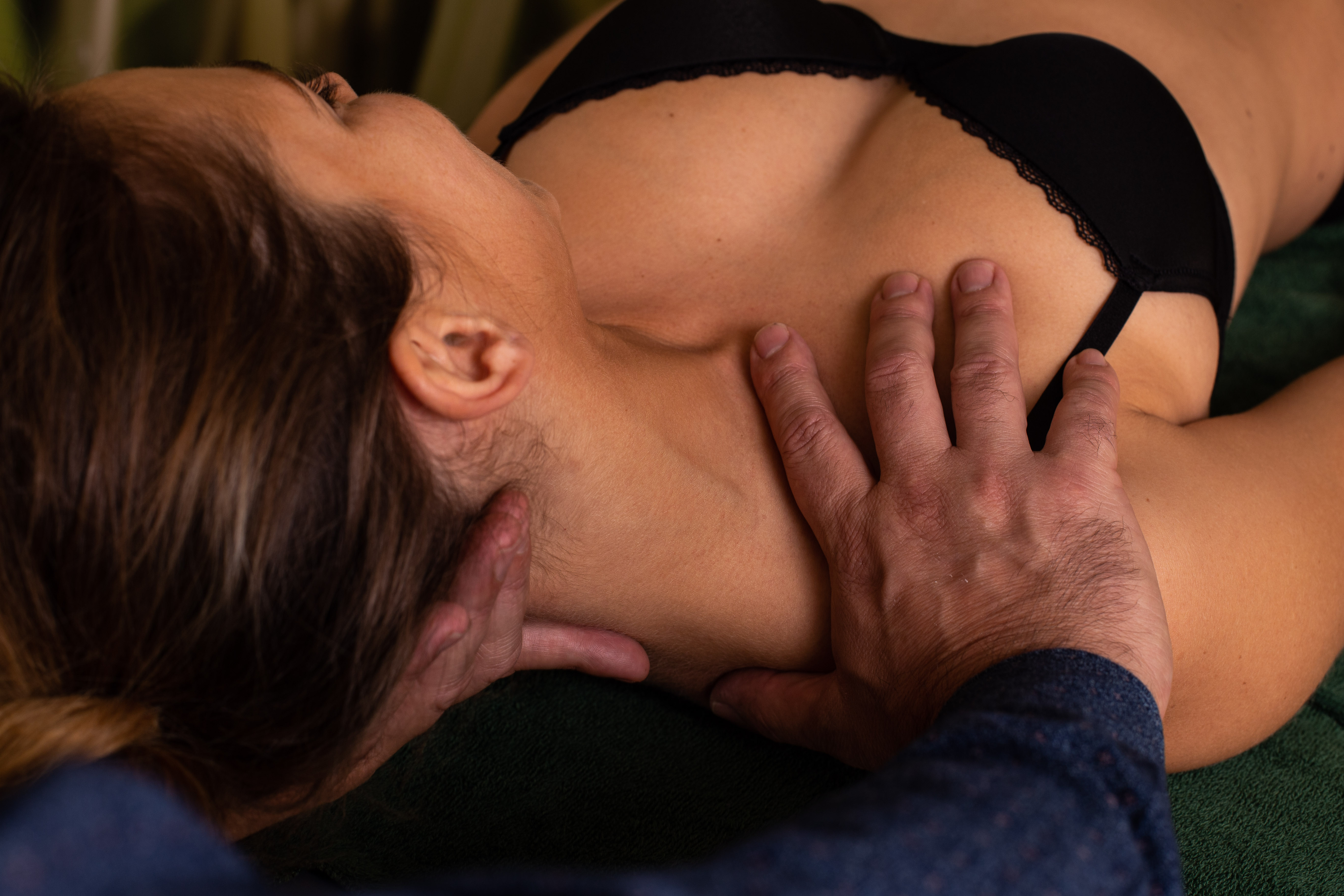With which complaints can you go to an osteopath:
- backache, lumbago, stiff neck, blocked sciatic nerve
- injured muscles due to a fall
- digestive problems,
- problems with blood circulation
- respiratory complaints
- headache
- complaints due to stress, fear
- pain from sporting (also topsport)
- complaints during pregnancy
Some examples of specific applications with babies and children:
- sleep disorders
- deformed skull (“flattened head”)
- hyperactivity
- difficult digestion
- trouble with sucking or swallowing, swallowing problems.
What is osteopathy:
“The osteopathy is a manual, diagnostic and therapeutic approach for treating functional disorders in the mobility of joints and tissues in general, and for determining the part of it in the start of disease symptoms.”
Belgian Academy for Osteopathy vzw
“Osteopathy is a system of medicine that emphasizes the theory that the body can make its own remedies, given normal structural relationships, environmental conditions, and nutrition. It differs from allopathy primarily in its greater attention to body mechanics and manipulative methods in diagnosis and therapy. »
World Health Organization (WHO)
“Osteopathy is a therapeutic and diagnotsic* manual approach of the pathologies. In the context of a first primary care of the patients, osteopathy is exclusively focussed on the dysfunction of the locomotive system and the peripheral nervous system. Osteopathic pathologies who do not fall within the above mentioned definition, will be approached in second line”
* Under “diagnostic” we understand a workinghypothese in the diagnostic process.
Chamber osteopathy (advice K2)
THE POWER OF OSTEOPATHY
The osteopath adjusts something that is blocked in the body by giving new information to the body. This way the body will readjust itself, regulate itself.
Some aspects of a treatment:
- the osteopath uses his hands to investigate and treat the body.
- not only the complaint will be treated, but the person in his totality..
- the body has a hughe self-healing ability and the osteopath uses this with eager.
- the osteopath informs the patient about his own active role in the recovery process.
HISTORY OF THE OSTEOPATHY
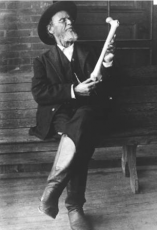
Andrew Taylor Still (°1828 Virginia, †1917 Kirksville) is the founder of the osteopathy. In the footsteps of his father he becomes doctor and practises the first 20 years medicine. He worked as a field surgeon in the secession war (1861-1864). The loss of some of his children during an epidemic of meningitis convinces Still of the necessity to reform the medicine. Following the rules of his master of ideas (John Wesley), he observes the nature, he dissects corpses from the Shawnee-indians and he dissects animals which he catches during the hunt. He also studies the medicine of the Shawnees, including a number of joint manipulations.
His medical doctrine becomes a mix of metaphysics and mechanic speculations who are the result of his observations. He concludes that all diseases come from an obstruction of the good blood circulation. Muscle contractions and joint shifts are responsible for the poor circulation of the life fluids. Still confirms his theories with his clinical results and not via an experimental method. Misunderstood by his colleagues, he founds the first college for osteopathy in Kirksville in 1892 (“American School of Osteopathy”).
To date 23 COMs (College of Osteopathic Medicine) have educated about 60.000 DO’s. They are integral part of the primary care and can specialize themself in different branches of the medicine.
With an estimated number of 100.000 active osteopathes in 2020, osteopathy is one of the fastest growing medical professions in the American health system.
